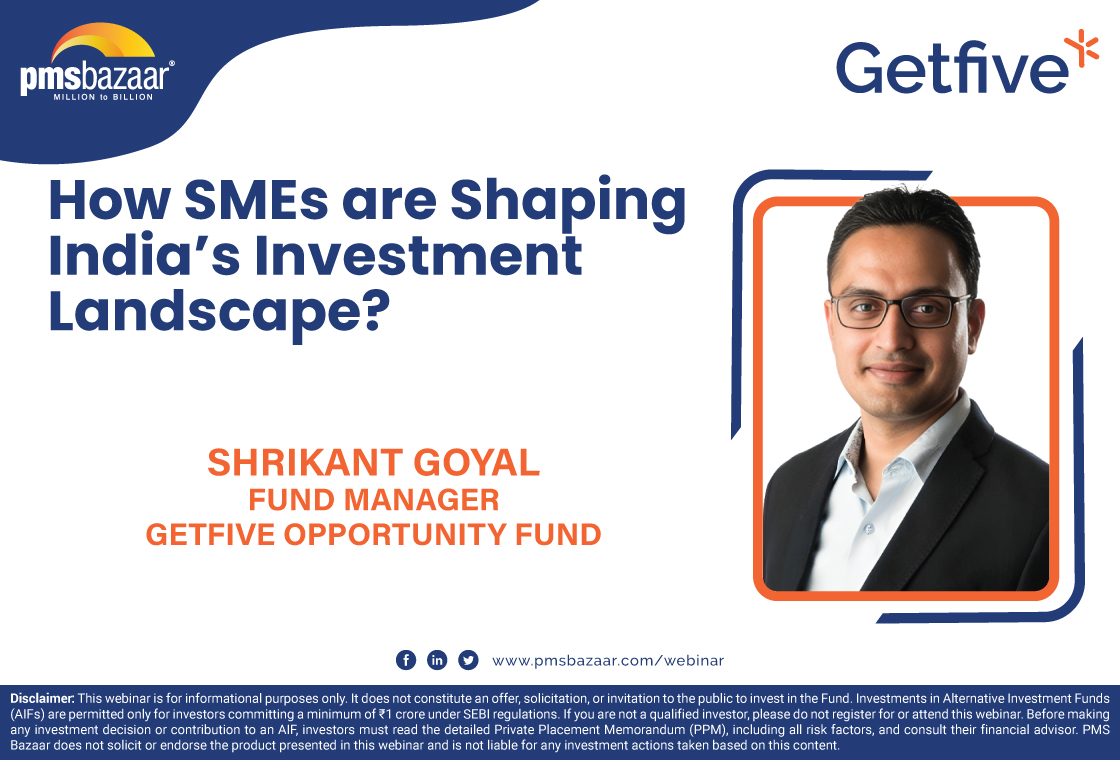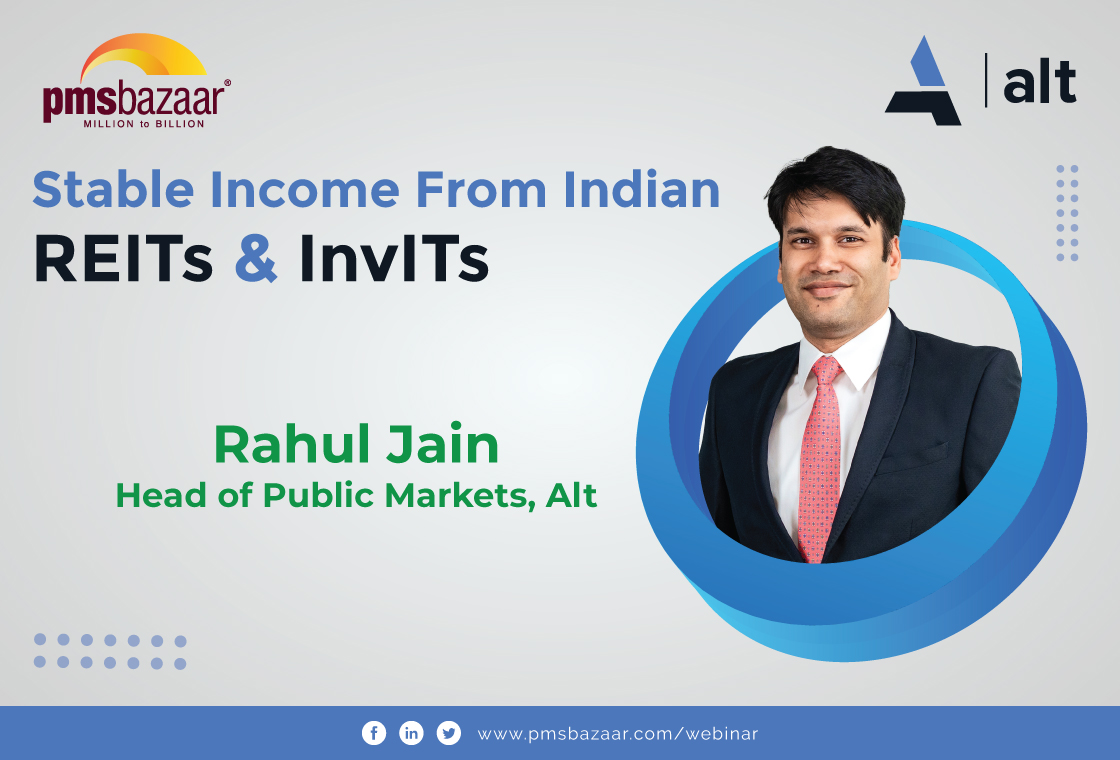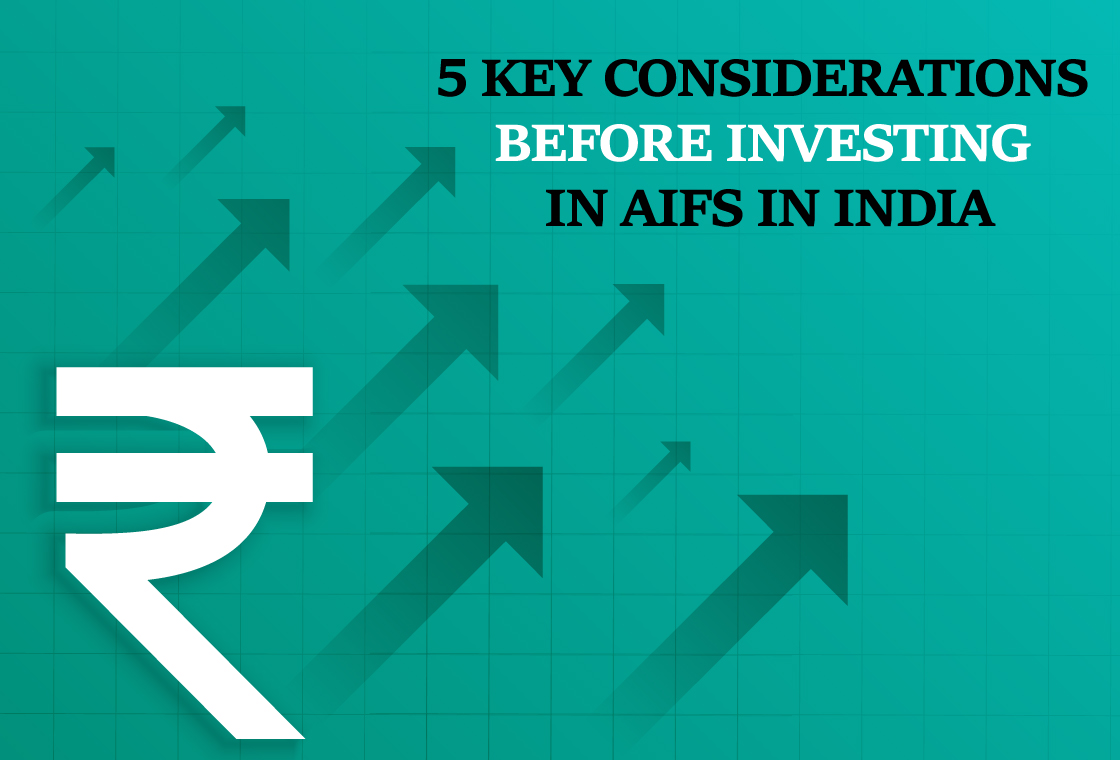This article is authored by CA Rishi Agarwal, Co-founder & Fund Manager, Aarth Growth Fund

If you manage family capital or run a business, your inbox is likely filled with pitches for the "Next Multi-Bagger" asking for your money. This blog gives you a simple way to “Separate the signal from the noise”. In this blog we have provided recent examples, a quick decision tree, and the "AARTH lens" framework tools you can use the next time a pitch deck lands in your inbox.
Markets reward promise first and only later settle with the numbers. That gap between a great story and the cash flows that must eventually back is where portfolios win or bleed.
Trend vs Reality: where the curve didn’t bend (yet)
Edtech:
During lockdowns, demand for this sector pulled forward. When schools reopened, the unit economics snapped back. CAC (Customer Acquisition Cost) rose, retention fell, and parents went back to valuing outcomes, not just apps. One look at the funding tide tells you capital is now demanding proof : Roughly $4.1B in 2021 fell to $321M in 2023, with H1-2024 only $164M before a modest rebound later in the year.
Green hydrogen:
This sector had huge promise, but Capex, Electrolyser efficiency, Storage, and Offtake aren’t perfectly aligned. There’s often a gap between policy intent and the ecosystem’s readiness to implement it. Until cost curves and contracts converge, it’s optionality more than P&L.
Today the levelized cost sits around $3.5-5/kg vs grey hydrogen at around $2-2.5/kg, while policy is aiming for 5 MMT annually and less than or around $2/kg by 2030; India’s first price discovery around ₹397/kg shows progress but also the remaining gap.
Drones:
The technology for drones is ready and works well. But the rules, airspace regulations, and company approval processes haven’t fully adapted yet. As a result, progress depends as much on getting permissions as it does on building better software. In India, most drone operations still have to follow strict line-of-sight rules, while beyond-visual-line-of-sight (BVLOS) flying is allowed only for limited trials and special exemptions.
Fintech:
This sector was once seen as “Bank killers” which eventually turned into Bank partners. Rails (UPI) scaled, but profits didn’t. UPI processed around 19.63 billion transactions worth ₹24.9 lakh crore in Sep 2025, great for consumers but thin take-rates for most players. The traditional banks still handle the tough parts like risk, compliance, and low-cost liabilities stayed with incumbents. Payments scaled, but profits didn’t credit discipline still decides the winners.
Wind vs Solar:
Here, Wind fits niches. Solar won on modularity, speed, and falling LCOE (Levelized Cost of Energy).If you can add capacity in small, repeatable blocks with faster commissioning, adoption compounds, Solar could. Wind, less so. India added 17.5 GW solar compared with 2.6 GW wind in Apr-Aug 2025, bringing cumulative capacity to 123.1 GW solar and 52.7 GW wind. Deployment math in plain sight.
Dairy:
Some sectors remind us that small and local isn’t a bug; it’s the moat. Cold chain and taste are local. Regionals often beat Pan-India brands on freshness, working-capital turns, and neighbourhood trust. Small can be efficient when supply and demand sit a few hours apart. India produced around 239.3 Million Metric Tonnes (MMT) of milk in 2023-24 with per-capita availability approx. 471 g/day, a system built on short cold chains and regional networks where working-capital turns reward proximity.
Chemicals:
China disruptions drove windfall spreads. As supply normalises or migrates, margins compress. If your thesis was “price × volume,” update it to “cost curve × integration × stickiness.” SRF Limited logged six straight profit declines through mid-2024 and a approx. 33% YoY drop in the Sept-2024 quarter as prices eroded and costs stayed sticky.
What to measure before you buy the story
You don’t need a 40-page memo. You need a crisp checklist that holds in a Boardroom.
1) Industry trajectory
- Growth path: 3-5 year demand with clear drivers (Policy, Substitution, Infra, Pricing Power).
- Replacement ratio: Is this a real swap (old → new), or a nice-to-have? Forced or inevitable replacements scale faster.
- Supply shape: Fragmented supply favours consolidators; concentrated supply punishes late entrants.
- Cost of adoption: If the customer can’t pencil a payback in months (not years), scale stalls.
2) Unit economics
- Gross-margin stability: Windfall vs Repeatable.
- LTV/CAC: In consumer, greater than 3 is a red flag; in B2B, payback >12 months is slow.
- Working capital intensity: Inventory + receivables - payables. Velocity beats headlines.
- Cash conversion: EBITDA that doesn’t show up in cash- is just a story.
3) Moat proof (not moat talk)
- Switching costs: Contracts, data lock-in, workflows.
- Distribution: Owned last mile or privileged shelf space; marketplace exposure alone isn’t a moat.
- Data advantage: Data must improve core risk/product, not just dashboards.
4) Governance & alignment
- Promoter skin: Real stake, real vesting, real downside.
- Capital discipline: Equity when optionality is high; debt when cashflows are proven.
- Related-party hygiene: Complexity hides leakage.
5) Exit clock
- Horizon fit: Is this a 12-18 month rerating or a 5-7 year compounder?
- Catalysts: Capacity, Product, Regulation, or Distribution mapped to dates.
- Downside map: What breaks first —Price, Volume, Cost, or Credit and How quickly can management fix it?
Why Promoter quality is the Multiplier
Great operators pivot before disruption lands. Three tells:
- Speed to optionality. When adjacencies open, the best teams place small, reversible bets early. That’s how food platforms expanded into adjacent categories, how beauty scaled private labels, and how commodity groups entered higher-ROCE pockets. Small, iterative bets compound into large P&L lines without betting the firm.
- Balance-sheet choreography. Counter-cyclical capex, disciplined buybacks, selling non-core before write-downs. The pattern repeats across leaders who grow through cycles rather than peak cycles.
- Operating cadence. Weekly metrics, not quarterly anecdotes churn, fill rates, cohort margins, stock turns, vendor terms. When management talks this language unprompted, odds tilt your way.
In disruptions, the product changes. In turnarounds, behaviour changes. Back behaviour.
A simple decision grid for trend investing

When a theme is hot, run three lenses:
Lens 1 - Is the ecosystem ready?
Infra in place? Regulations aligned? Offtake clarity?
If two answers are “no,” size small or pass.
Lens 2 - Do unit economics improve with scale?
CAC (Customer Acquisition Cost) down? GM (Gross Margin) steady or better? Working capital tightening?
If metrics worsen as you grow, you’re buying time, not value.
Lens 3 - Are the promoter’s students of their own numbers?
Do they walk you through cohorts, ROCE trees, and risk dashboards?
If you hear TAM slides and anecdotes, step back.
if the Score is
2/3 to pilot, 3/3 to size up, <2/3 to wait.
What this really means for your portfolio
- Some trends break out fast because the adoption math is obvious (think modular, quick-payback tech).
- Some take time because pipes, policy, and habits move slowly (think infra-heavy energy shifts).
- Some get absorbed by incumbents who already own the customer (rails inside banks).
- Some look great on slides until working capital or regulation turns them into capital sinkholes.
Your job isn’t to predict every curve. It’s to price in time correctly.
The AARTH lens: how we operate
We run a closed-end, Category III, long-only AIF based out of Jaipur with an MSME Focussed and ₹500 crore AUM. Our edge is pricing time and insisting on proof with over 50% XIRR since Dec’24.

At Aarth AIF (Cat III, closed-end, MSME-focused, Jaipur), our edge is staying honest with time and risk:
- Discovery → Scale → Exit. Enter when discovery premium is forming, scale on evidence, exit when incremental ROCE flattens or narrative outruns numbers.
- AARTH framework. Addressable market, Asset quality, Regulation & Governance, Trigger/timing, Hold-to-harvest map.
- Rule of three proofs. Customer behaviour, Unit-economics trend, and Governance hygiene—hit all three before we size up.
- Kill-switch on every buy note. One pre-agreed metric that forces us to cut without debate.
- Liquidity first. Majority listed for agility; selective private placements when price, structure, and control terms protect LPs.
- We’re okay missing legends. Nvidia took approx. 12 years to fully rerate. We may miss parts of such arcs. Our mandate is asymmetric risk-reward within our circle of competence, not owning every all-timer forever.
Disclaimer: The views expressed are solely those of the author and do not represent PMS Bazaar’s views. This article is for information only and not investment advice. Investments are subject to market risks; investors should consult their advisors before investing.
Recent Blogs

Long-Only AIFs Rebound Sharply in October; Long-Short Strategies Lag Despite Lower Volatility
106 long-only AIFs averaged 3.68% vs 32 long-short AIFs at 2.7%; only 24–31% of funds beat key indices

Markets log strongest monthly gains in 7 months; PMS performance turns near-uniform in October
Nifty 50 TRI gained 4.62%, BSE 500 TRI rose 4.27%; 415 of 427 equity PMSes ended positive

How SMEs are Shaping India’s Investment Landscape?
PMS Bazaar recently organized a webinar titled “How SMEs are Shaping India’s Investment Landscape?” which featured Mr. Shrikant Goyal, Fund Manager, GetFive Opportunity Fund.

Stable Income from Indian REITs and InvITs
PMS Bazaar recently organized a webinar titled “Stable Income from Indian REITs and InvITs,” which featured Mr. Rahul Jain, Head of Public Markets, Alt.

5 Key Considerations Before Investing in AIFs in India
Alternative Investment Funds (AIFs) have emerged as a compelling option for sophisticated investors seeking diversification and potentially superior returns. But venturing into AIFs requires a clear understanding of their unique characteristics that go beyond simply knowing what they are and their categories.

How AIF can help in diversification?
Traditionally, Indian investors have relied on a mix of stocks and bonds to build their wealth. While this approach offers diversification, it can still leave your portfolio vulnerable to market fluctuations. Enter Alternative Investment Funds (AIFs), a dynamic asset class gaining traction for its ability to unlock diversification beyond the realm of conventional options.

Long-Short AIFs Outperform Again Even as Markets Rebound in September
104 long-only funds shows an average monthly gain of just 0.37 per cent, while long-short AIF category averaged 0.94 per cent

Resilience returns as markets rebound in September; Multi-asset PMSes lead pack
Over 63% of equity PMSes ended September in green; nearly two-thirds outperformed key benchmarks.

